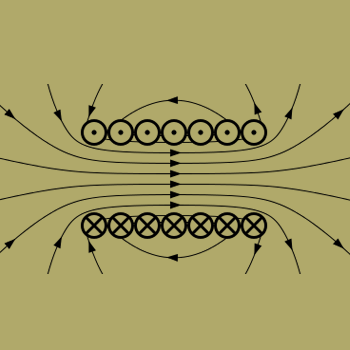What is #intr(lnr)^2dr#?
Should you use u-substitution and then integration by parts? This method isn't working for me.
Should you use u-substitution and then integration by parts? This method isn't working for me.
1 Answer
Explanation:
Before we have a look at the integral that we are actually interested in, let's evaluate two simpler ones that will show up in the course of our calculations.
The first of them is
To solve it, we substitute
Using integration by parts (twice), we get
The second preparatory integral is even simpler:
Now we are ready to tackle the integral that we actually care about:
Using integration by parts, where
However, this means that we have derived the equation
which is easily solved with

